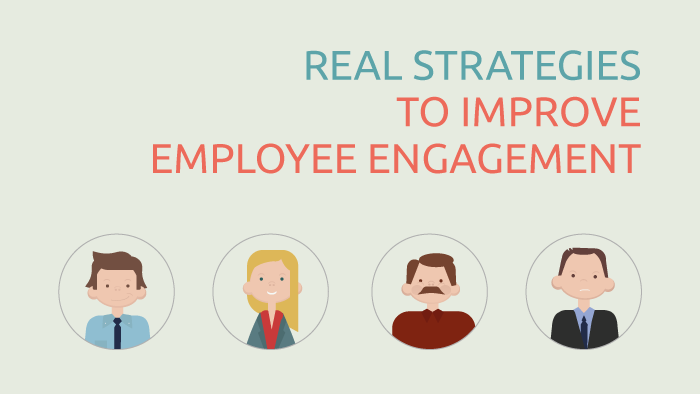
This is part five in our five-part employee engagement blog series. If you missed part four, you can read it here, or if you’d like to start at part one, click here!
In parts two and three, we introduced two different models of employee engagement – the second model was significantly more detailed, but both models had one thing in common: they both presented employee engagement as an equation, meaning it cannot be a standalone issue.
For instance, in the SHRM study, we were able to identify three conditions that influenced employee engagement; they were relationship conditions, output conditions, and organizational duties.
Written as an equation, it would look something like this:
Relationship Conditions + Output Conditions + Organizational Duties = Employee Engagement
Our second model, the Lindquist model, could also be written as an equation, except there would be 16 inputs, and in the immortal words of Kimberly “Sweet Brown” Wilkins:
In all seriousness, if you’d like a step-by-step breakdown of the Lindquist model, download our ebook on Rusty Lindquist’s research, “Understanding How to Influence the Employee Journey.”
The point we’re trying to make here is that low employee engagement is never an issue in and of itself. It is always the result of part of the left side of the equation under-performing.
Engagement Is a Symptom
Whether your engagement levels are through the roof or need improvement, engagement is always a result of many factors in your organization.
Low engagement indicates a problem somewhere, but attempting to fix engagement without identifying what factors are influencing it wastes time and resources.
There Is No One-Size-Fits-All Solution
Because there are so many factors influencing your level of engagement, there is no one-size-fits-all solution that will improve employee engagement.
There are surveys that will help you identify areas where your organization can improve, so knowing what questions to ask in those surveys will focus your inquiries and improve your end result.
Here are a few articles on the various business challenges that may be contributing to low engagement in your organization:
- Overcoming Skill Gaps
- Developing Leaders
- Creating Career Paths
- Engaging a Dispersed Workforce
- Retaining and Engaging Your Top Talent
We hope that through this blog series, you’ve learned something about employee engagement that can improve your organization’s performance.
If you’d like to have all the information from this blog series in one convenient resource, you’re in luck!
We’ve compiled and expanded on all five parts of the series in a free ebook that you can download and refer back to anytime.
Get your copy of Real Strategies to Improve Employee Engagement here.
Thanks for checking out this series – we hope you’re able to use these strategies to create a more engaged, high-performing organization!

